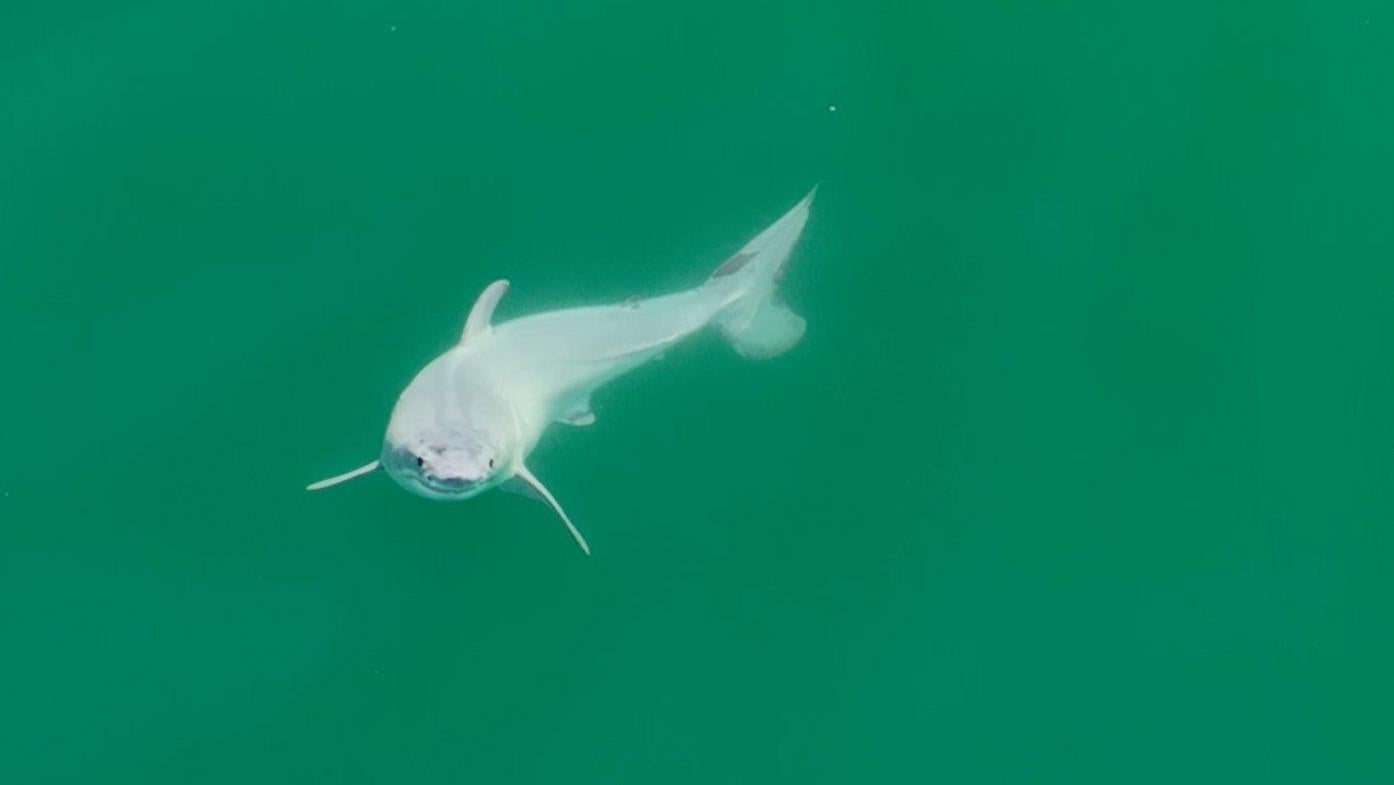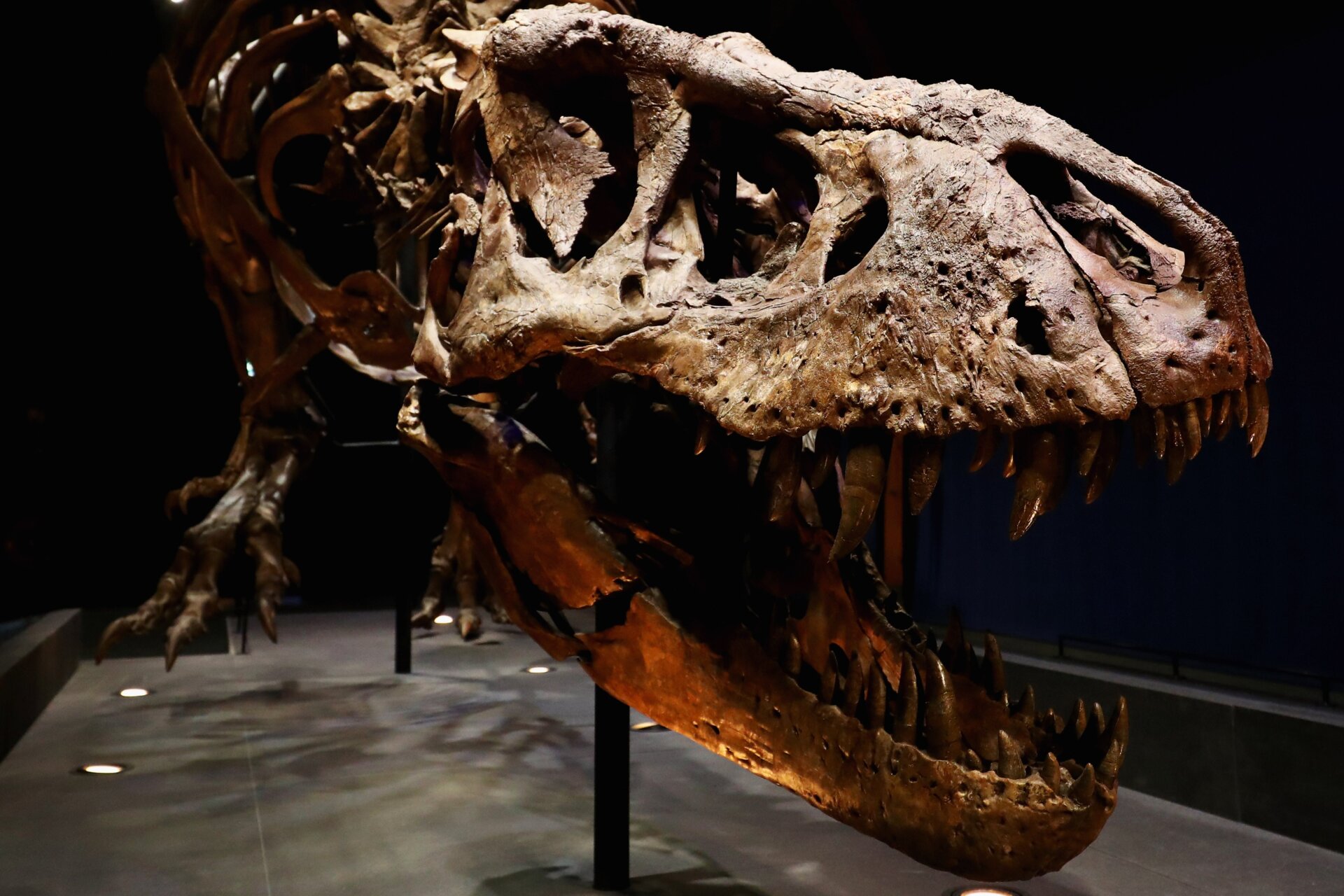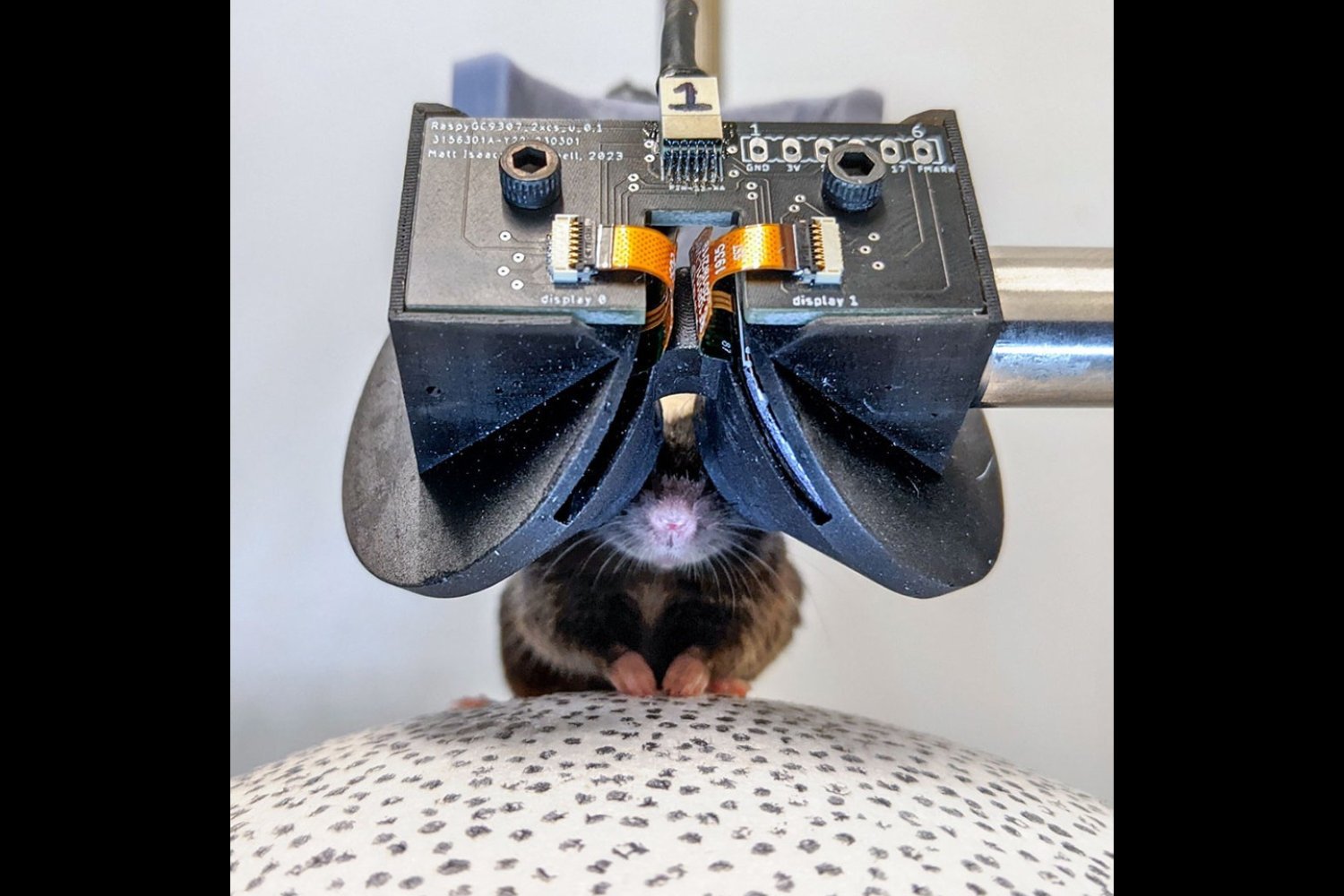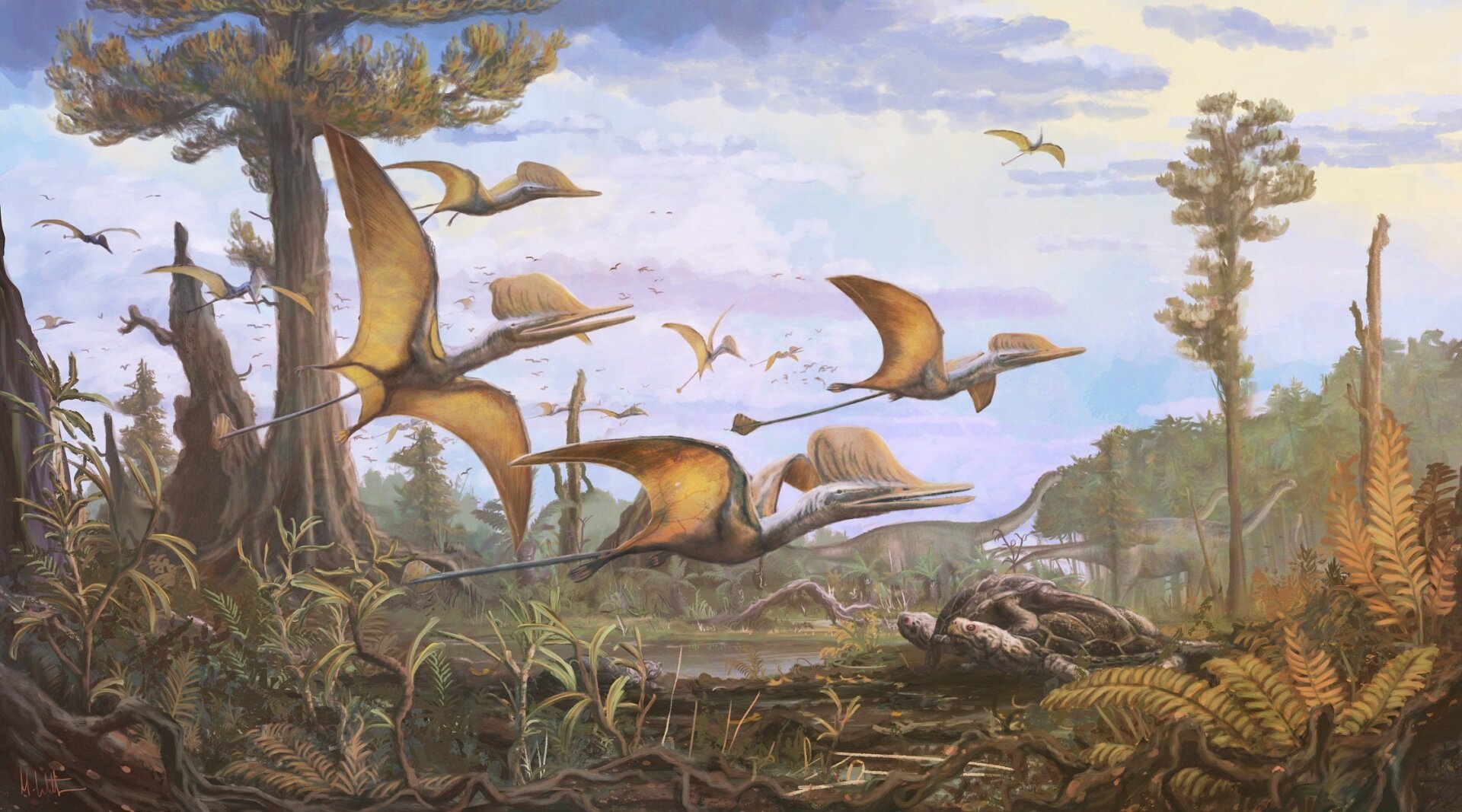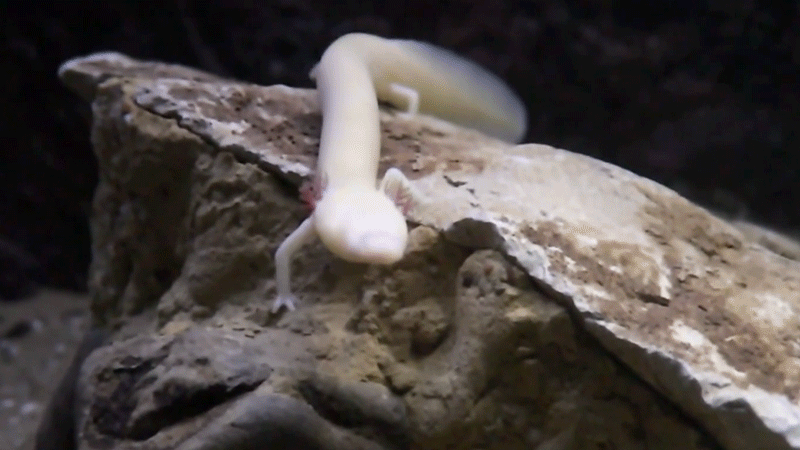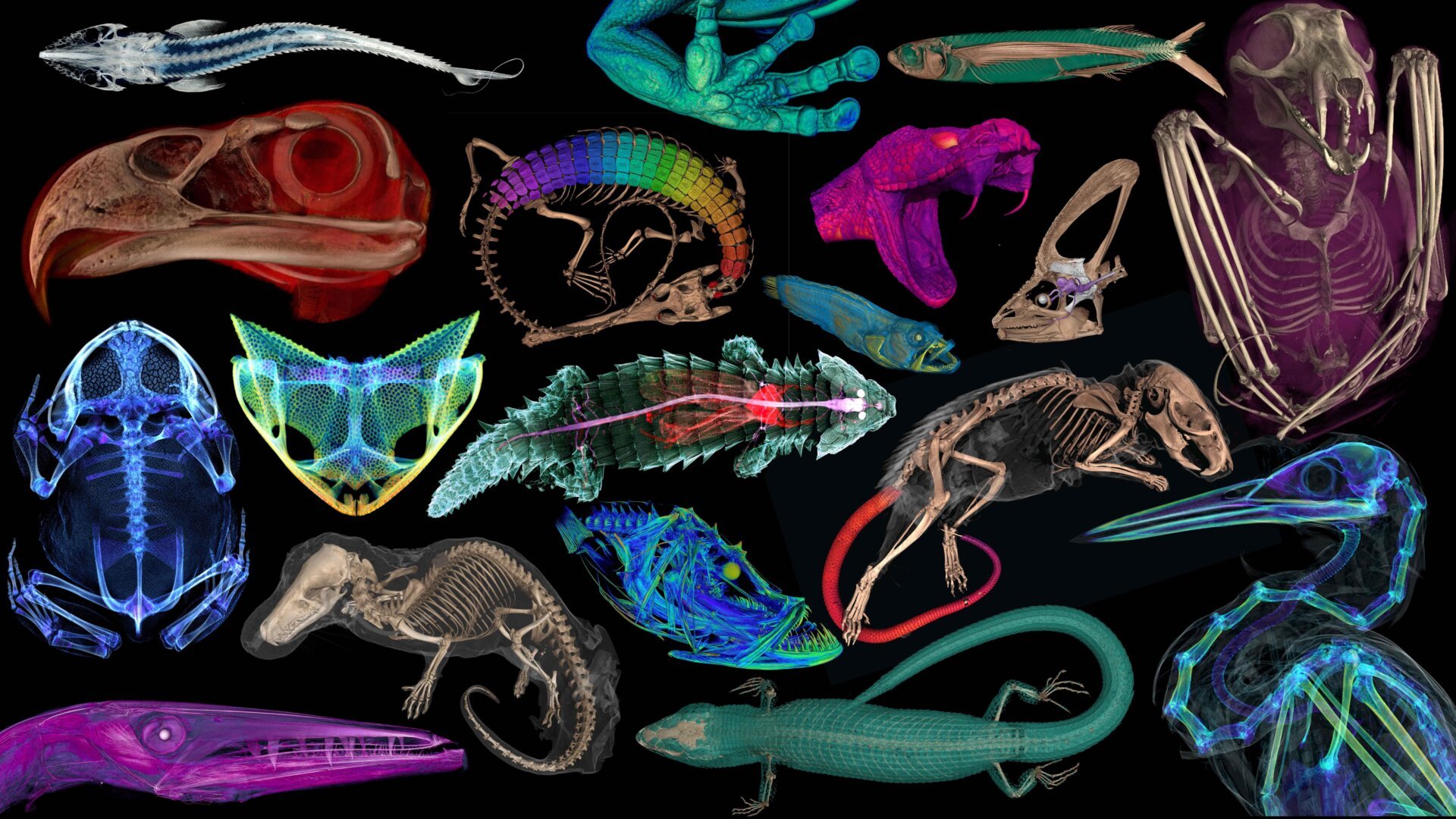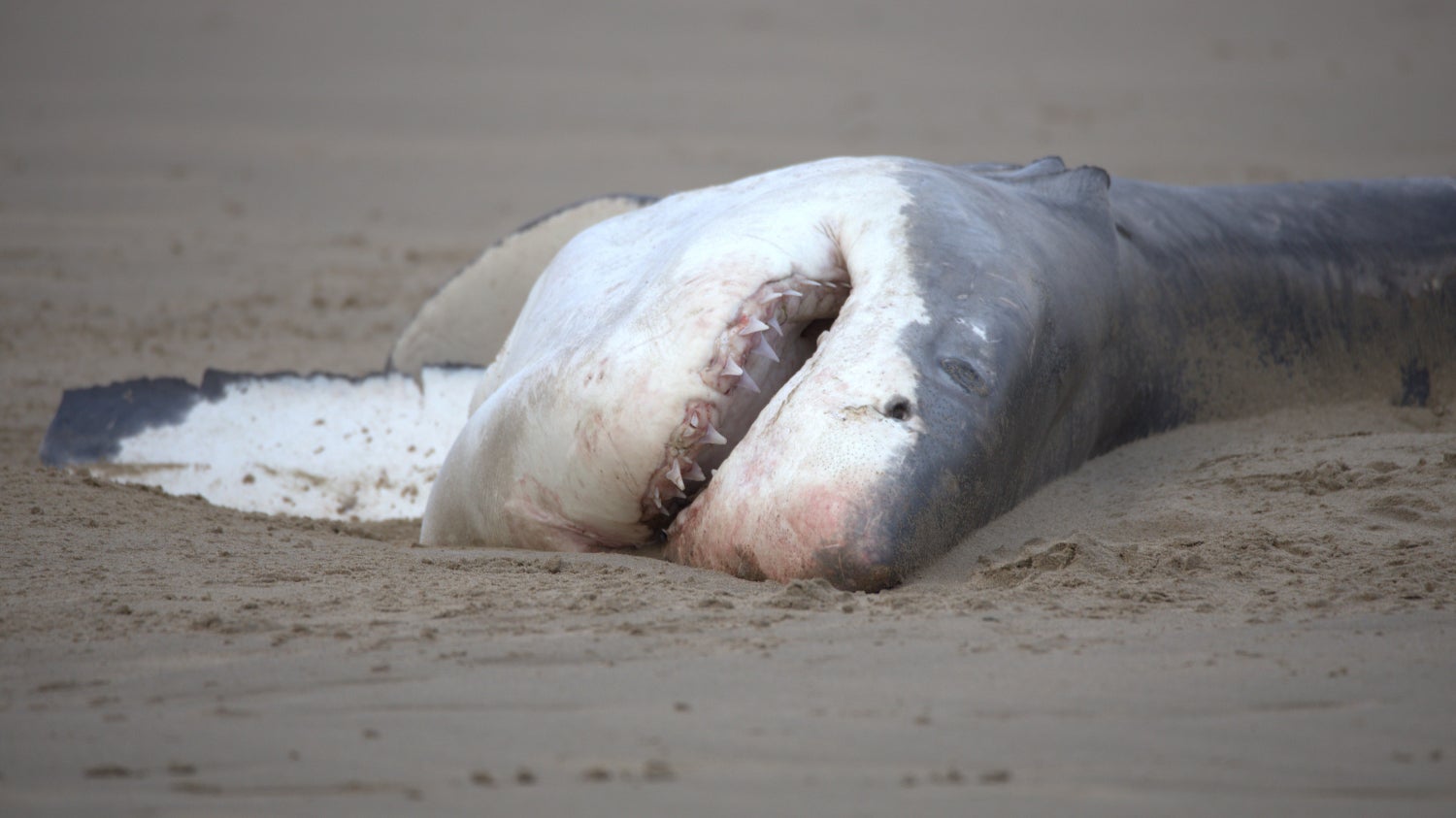Drone footage captured off the coast of Santa Barbara in July 2023 has revealed a remarkable sight: a live newborn great white shark. This groundbreaking discovery offers valuable insights into the birthing grounds of these apex predators, a long-standing mystery in marine biology.
The footage showcases a 5-foot-long pup, coated in a thin, whitish film. This film, researchers believe, is likely the embryonic layer, indicating the shark’s recent birth. While a skin condition is possible, the presence of this film strongly suggests a newborn state. The findings, including the drone footage, are documented in a study published in Environmental Biology of Fishes.
“Capturing the actual birth is the holy grail of shark science,” explained Carlos Guana, the wildlife filmmaker who recorded the footage and co-authored the study. “This footage is a significant clue, guiding us closer to understanding their birthing process. It has the potential to redirect our research efforts and inform conservation strategies for protecting vital habitats.”
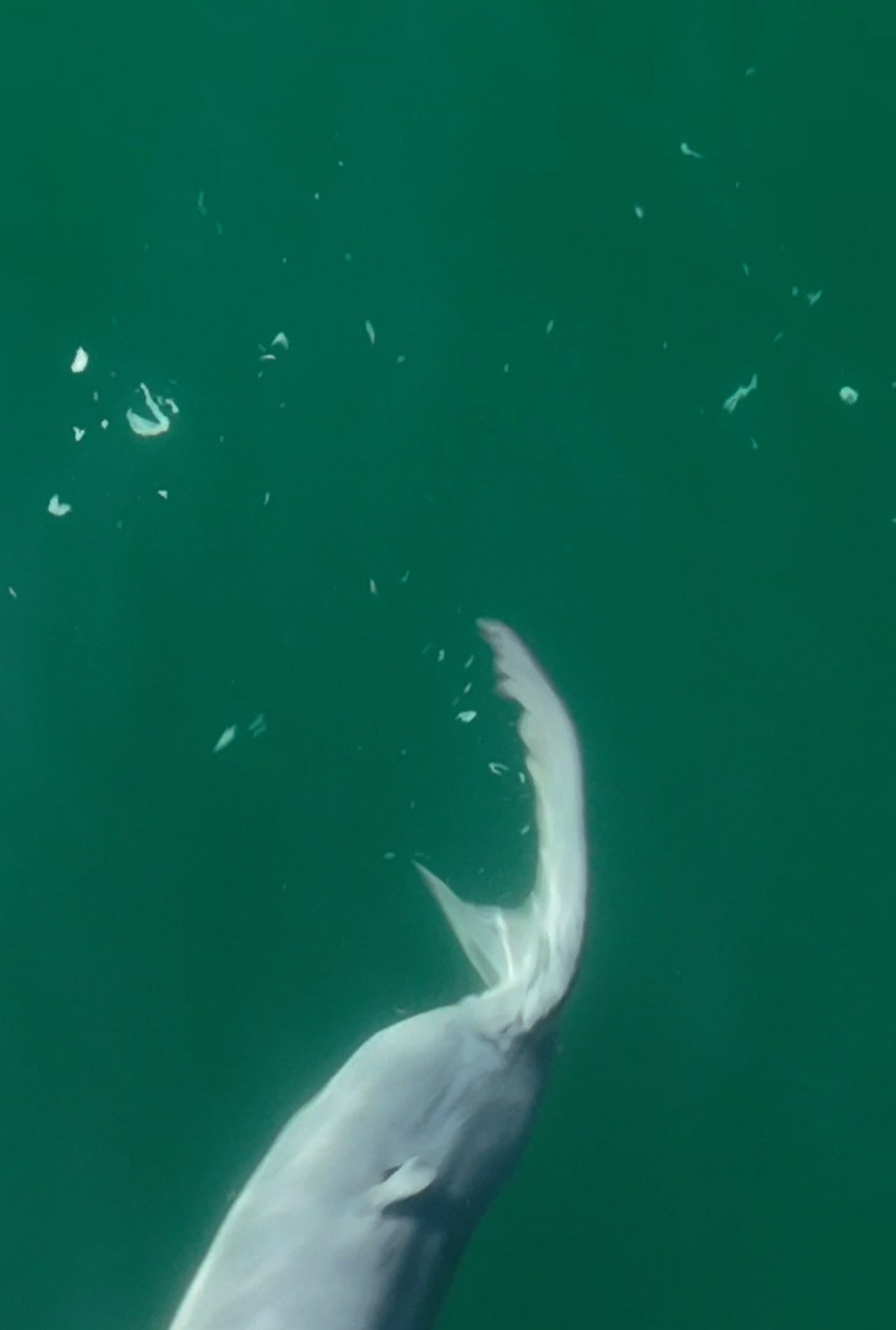 The shark's posterior, shedding some of the white film.
The shark's posterior, shedding some of the white film.
Evidence of a Newborn Great White
This young shark’s small size, significantly smaller than an adult, points to its recent birth. Two key features confirm its newborn status. First, the whitish film covering its body. Researchers believe this film comprises intrauterine substances, remnants from the shark’s time in the womb. According to study co-author Phillip Sternes, pregnant female white sharks produce a nutrient-rich fluid called uterine milk, which embryos consume along with other eggs within the uterus.
Secondly, the shark’s “rounded, underdeveloped dorsal fin” further supports its newborn status, resembling the dorsal fins of unborn sharks found in deceased pregnant females, Guana noted.
Challenging the Skin Condition Theory
“The skin disorder theory doesn’t account for the fin shape, particularly the dorsal fin,” Guana explained. “No known skin disorder alters the shape of a dorsal fin.” This observation strongly reinforces the conclusion that the shark is a newborn, not simply suffering from a skin ailment.
Implications for Great White Shark Conservation
The sighting of such a young great white shark near the shore challenges existing assumptions about their birthing locations. Despite their prominence in popular culture, much remains unknown about great white shark behavior, including their lifespan and breeding habits. This discovery underscores the need for further research to fully understand their reproductive cycle and protect critical habitats.
A Step Closer to Understanding Great White Sharks
This remarkable discovery offers a unique glimpse into the early life of great white sharks. By providing crucial information about their birthing grounds, this footage contributes significantly to our understanding of these magnificent creatures. This knowledge will be instrumental in developing effective conservation strategies to safeguard their future. Further research will be essential to uncover the remaining mysteries surrounding the life cycle of these iconic ocean predators. More research is needed to better understand the habits and lifespans of Great White Sharks.



